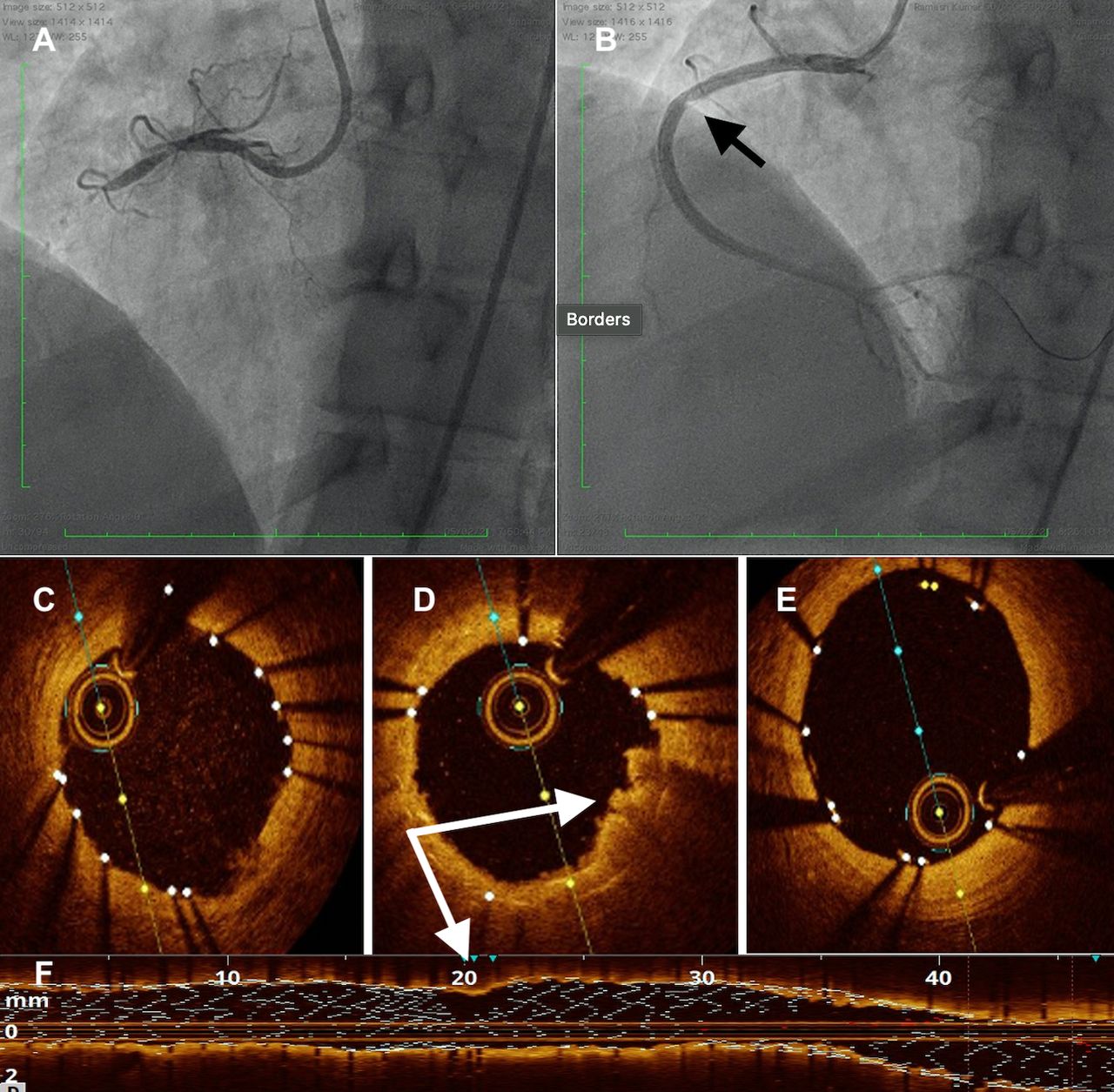

It is similar in principle to ultrasound, but instead of measuring. We have therefore collaborated with the manufacturers of the OCT device used in UKBB (Topcon), throughout their Advanced Imaging Laboratory in New Jersey, USA, to perform rapid, fully-automated retinal sublayer analysis on the OCT images. Optical coherence tomography (OCT) imaging has transformed many aspects of medicine. Because of the very large number of images in UKBB, this approach was not feasible. What is OCT OCT uses low intensity near infra-red light to give a highly. Previously, detailed analysis by expert technicians and scientists was required to identify retinal sublayers. - A whole new way of examining your eyes. The measurement of retinal sub-layer thicknesses is more complex, and often reserved for research. The measurement of total retinal thickness is a standard measure used in hospitals and clinics around the world. To do this, we will study the thickness of the retina and its component layers in people with and without eye disease. Optical coherence tomography (OCT) is a non-invasive imaging test that uses light waves to take cross-section pictures of your retina, the light-sensitive. We will be using OCT images from UKBB to study these three conditions. In UKBB a modern form of OCT called spectral domain or fourier domain imaging to rapidly generate high resolution images of the the central part of the retina (also called the macula).Ĭhanges in different layers of the macula occur in common age-related diseases such as age-related macular degeneration (AMD), diabetic retinopathy (DR) and glaucoma. Luna offers a variety of standard products for OCT systems, as well as the capability to build customized. Medical applications include noninvasive ophthalmological imaging and endoscopic gastrointestinal tract imaging. It is similar in principle to ultrasound, but instead of measuring sound reflectance to identify differences in tissue density, it uses light in the near-infrared part of the spectrum to generate 2 and 3 dimensional images of tissues. Optical Coherence Tomography (OCT) is an imaging technique that provides high resolution, non-destructive, in situ, real-time reflectivity profiling of non-absorptive samples. Optical coherence tomography (OCT) imaging has transformed many aspects of medicine.


 0 kommentar(er)
0 kommentar(er)
